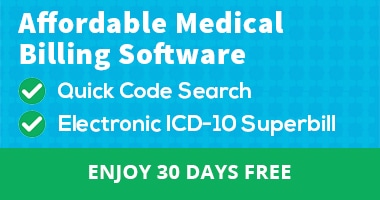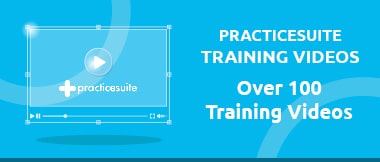The Controversy of Cloud Based Rehabilitation Therapy Documentation
Cloud-based medical systems are so common, yet rehab therapists are still hesitant to adopt this system. Of the 204,000 Physical Therapists, 113,000 Occupational Therapist, and 134,000 Speech & Language Therapist, more use paper charts to capture therapy notes than use electronic medical records. But when it comes to billing, the case is exactly the opposite.







